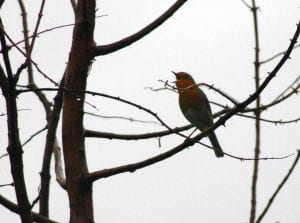By Helen Roberts
The one animal that springs to most people’s mind for eating honey is bears. Especially a particularly round individual who gets his hand stuck in the honey pot numerous times. However, many animals around the world, including raccoons, skunks, opossums and honey badgers, feast on honey. They brave the fury of the hive to not only get at the sweet sticky stuff, but for the protein obtained from eating the bees and larvae themselves. We humans are fussier and prefer to stick to just the honey, though some people will eat honey on the comb. (more…)


